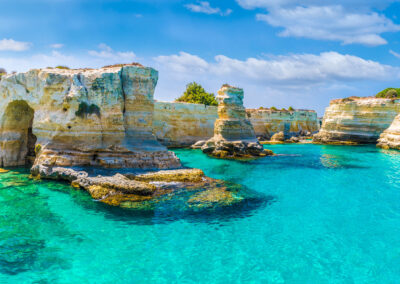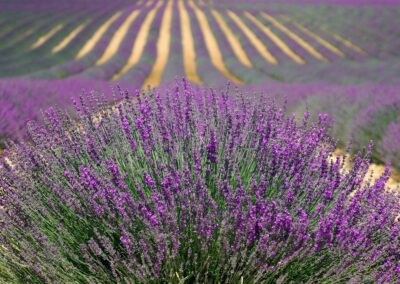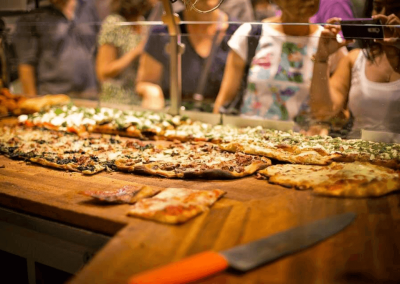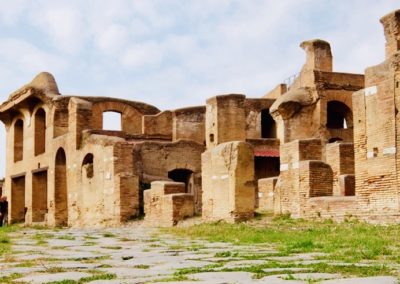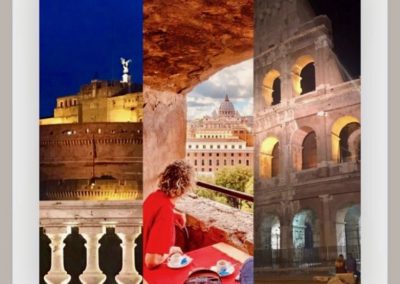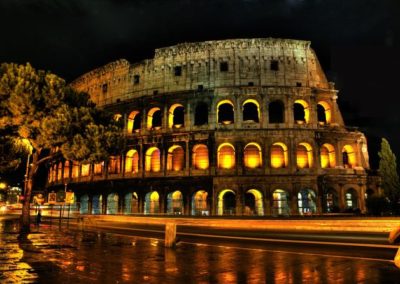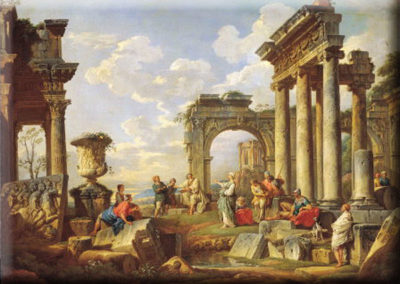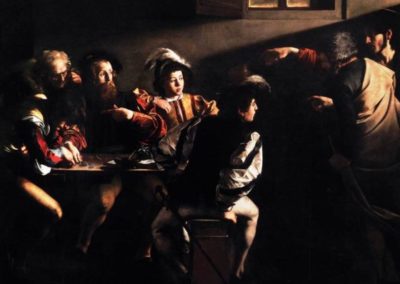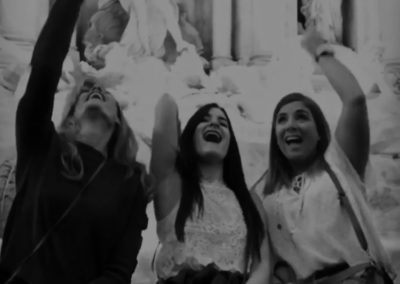DISCOVER ISTANBUL
Istanbul has an ancient and diverse history as a meeting point between East and West, Asia and Europe. Inhabited since the Neolithic period, it became the city of Byzantium after Greek settlement in the 7th century BCE. Renamed Constantinople in 330 AD, it was successively the capital of the Roman, Byzantine and Ottoman Empires. After the foundation of the Republic of Turkey in 1923, Ankara became the capital of Turkey, but Istanbul remains at the centre of Turkish economic and cultural life.
Today Istanbul is a megacity, with over 15 million residents, and is soon to become Europe’s most populous metropolitan area. Its population has grown explosively since the middle of the twentieth century, when it had less than 1 million residents. Most of this growth has been driven by internal migration from rural areas.
Istanbul has benefited from Turkey’s vibrant economy, one of the fastest growing in Europe. One of its major challenges is dealing with the consequences of that growth, developing the infrastructure to accommodate its new residents while retaining access to green space, water resources and a high quality of life.
Istanbul is massively rich in cultural heritage, and the historic peninsula of the city is a UNESCO World Heritage site. Some landmarks date back to Roman times, including the monumental Valens Aqueduct. However, buildings from the Byzantine and Ottoman era dominate the city’s skyline. The Hagia Sophia was inaugurated in 537 AD as the seat of the Orthodox Patriarch of Constantinople, and was the world’s largest cathedral for nearly a thousand years. Today it is a museum. Both the 16th century Süleymaniye Mosque and the 17th century Blue Mosque mix the inspiration of the Hagia Sophia with traditional Islamic architecture.
Istanbul’s rich archaeological heritage has occasionally posed issues for development. The Marmaray tunnel under the Bosphorus was delayed for years after the discovery of the remains of a Neolithic settlement and a Byzantine harbour with a multitude of intact shipwrecks. In the wake of these ground-breaking discoveries, a museum is being created to showcase the finds
Istanbul blends tradition and modernity. It is an ancient city with an unparalleled cultural heritage, also possessing a strong economy, a young population and an increasingly vibrant contemporary cultural scene. Its challenge is to build upon these opportunities, managing growth in order to preserve the uniqueness of its culture and heritage.
Today the Historical Peninsula is the most attractive part of Istanbul, and is strategically well placed. Istanbul is surrounded by a seascape with distant islands, and this, together with the Golden Horn, the estuary that thrusts into the land along the peninsula, make Istanbul a unique place and throughout its long history.
Things to Do
Hagia Sophia, a remarkable achievement in the history of architecture. A monument whose importance transcends borders. As one of UNESCO’s World Cultural Heritage sites, Hagia Sophia continues to attract millions with its majestic grandeur and beauty.
Hagia Sophia is so magnificent in appearance that people of the time believed that the church could not have been built by human hands alone but only with the help of divine support.
Built by the order of Byzantine Emperor Justinian I in the 6th century, Hagia Sophia, the Church of Holy Spirit, includes pagan pillars taken from Ephesus and the Temple of Artemis and precious mosaics of Christianity and Islam. This great temple was dedicated to the Holy Spirit (Sophia) in the trinity doctrine of Christianity.
The church was converted into a mosque after the Ottoman Conquest of Istanbul in 1453. Ottomans buttressed the edifice with architectural elements displaying Ottoman character.
Things to Do
Sultan Ahmed Mosque is one of the impressive monuments of Istanbul that has become its symbol. The mosque is also one of the most photogenic Ottoman mosques in Turkey and is also know like Blue Mosque.
Standing in the middle of Istanbul, the majestic Blue Mosque is hard to miss. Being one of the grandest mosques in Turkey, it can hold up to 10.000 worshippers. Its acoustics are so precisely engineered that you can almost hear the voice of anyone person praying, even when the mosque is full. Its elegant blue tile mosaics and perfect symmetry will take you on a spiritual journey.
Blue Mosque features an elegant exterior with several domes, half domes, and slender minarets. The mosque is characterized by its six minarets, which is unusual in terms of Ottoman architecture. Blue Mosque has the largest courtyard of all Ottoman mosques. The tomb of Sultan Ahmed was constructed next to the front courtyard. Opposite the tomb stands the German Fountain, the German Empire’s gift to the Ottomans.
The interior is decorated with the finest pieces of blue tiles from Iznik, which is why the Sultan Ahmed Mosque is most commonly known as the Blue Mosque. The actual number of the tiles used is exactly 21.043. There are a total of 16 muezzin’s platforms on the mosque’s minarets. Beautifully lit by chandeliers and lavishly decorated with carpets, the interior is expansive.
Things to Do
Ortakoy Mosque is a complicated structure that overlooks the Bosphorus. Like all mosques built under the command of the sultans, it consists of of two parts, the main worship area and the summer palace section.
The main area is small and square shaped. The ceiling is a dome shape, covered in pink mosaics.
The large and high windows are placed to capture within the mosque the changing play of light reflections from the Bosphorus. The building has two single balcony minarets and walls built of white stone.
From here you can have an idea about how the Bosphorus is so don’t miss a cruise in this place…we highly recommend to do at the sunset…lovely!
Food & Drink in Istanbul
Food and drink has important place in Istanbul culture, from gourmet restaurants and Bosphorus side cafes to charming coastal fish restaurants, traditional kebab houses, Ottoman and world cuisine, Istanbul is just like a food lover’s paradise for all tastes and budgets. In Istanbul, you can find the most delicious meals and drinks prepared with secret recipes. Discover the different flavours of Istanbul!
Food in Turkey is first and foremost a social occasion. From home cooked meals shared by family and friends to symbolic religious or celebratory feasts and the street theatrics of roadside sellers, food is closely intertwined with the fabric of society.
Soup has a special place in the Turkish diet and is drunk at any time of day. Turkish people have a big diversity of vegetables and of course this reflects on the dishes.
Turkish tea is flavoursome and aromatic when freshly brewed. Turkish coffee is an indulgent pleasure and the perfect way to finish off a good meal. Ayran, mineral water, cherry juice and peach nectar are also popular soft drinks.
Kebab is the common name for a dish where meat is coated around a skewer and grilled over a charcoal fire. Don’t forget taste the delicious Turkish desserts and sweets.
Are you a real foodie? Why not combine a holiday to Turkey with a cooking course or culinary tour, where you could enjoy anything from speciality wine and cheese tasting and learning home cooking techniques to sourcing fresh local ingredients from local farmers markets.
Istanbul Nightlife & Entertainment
Istanbul is Turkey’s nightlife and entertainment capital with its bars, restaurants, clubs and concert halls. The city of Istanbul never sleeps, sophisticated and artistic. Enjoy the best of entertainment in where east meets west. From ultra modern atmospheric clubs to passionate traditional taverns, unlimited nightlife awaits you in Istanbul.
You can raise your glass with the amazing view of the Bosphorus in Istanbul.
Do you would like to travel in private group with a tour leader by your side? Please don’t hesitate to contact us!
Click & Read our Friendly Notes…please dont forget to share with your friends!
Enjoy!
RomeTour24 – Bespoke Experiences









